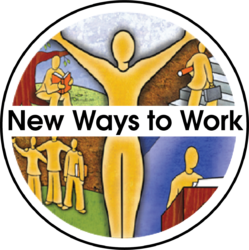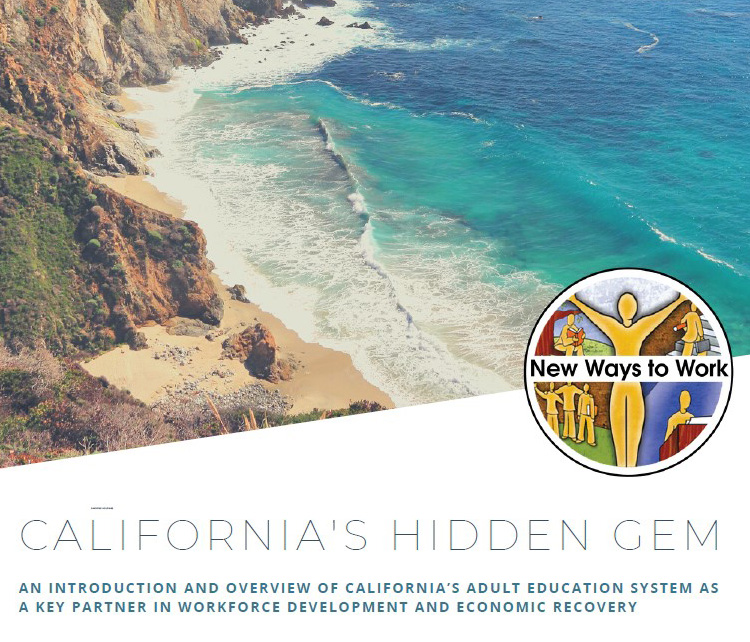California is home to one of the most robust adult education systems in the nation. These programs are often hidden gems in local communities, sometimes misunderstood or even unknown by the public at large, as well as other workforce development or community based entities serving similar adult populations. Yet, they are an integral component of the educational and workforce development continuum of services in California, providing access and opportunity for hundreds of thousands of adults seeking continuing education and workforce training and certification courses.
Adult education programs provide pre-collegiate courses for adults of all ages, including young adults aged 18 to 24, as well as older adults. These courses provide viable “first-chance” access to accessible, affordable, and high-quality education and workforce training, as well as offer “second-chance” opportunities for adults, who for a variety of reasons, may not have been successful in traditional educational settings. Adult education classes are mostly offered tuition free throughout the state.
The purpose of this report is to present a concise overview of key features and elements of California adult education programs—with a focus on the Los Angeles Basin—to promote broader awareness of their value as well as posit the importance of strategic partnerships and greater collaboration between adult education programs, county and city workforce development agencies, community-based organizations, and other entities providing services to adults.
Please use the fullscreen toggle button to eliminate visual artifacts in the flipbook.


